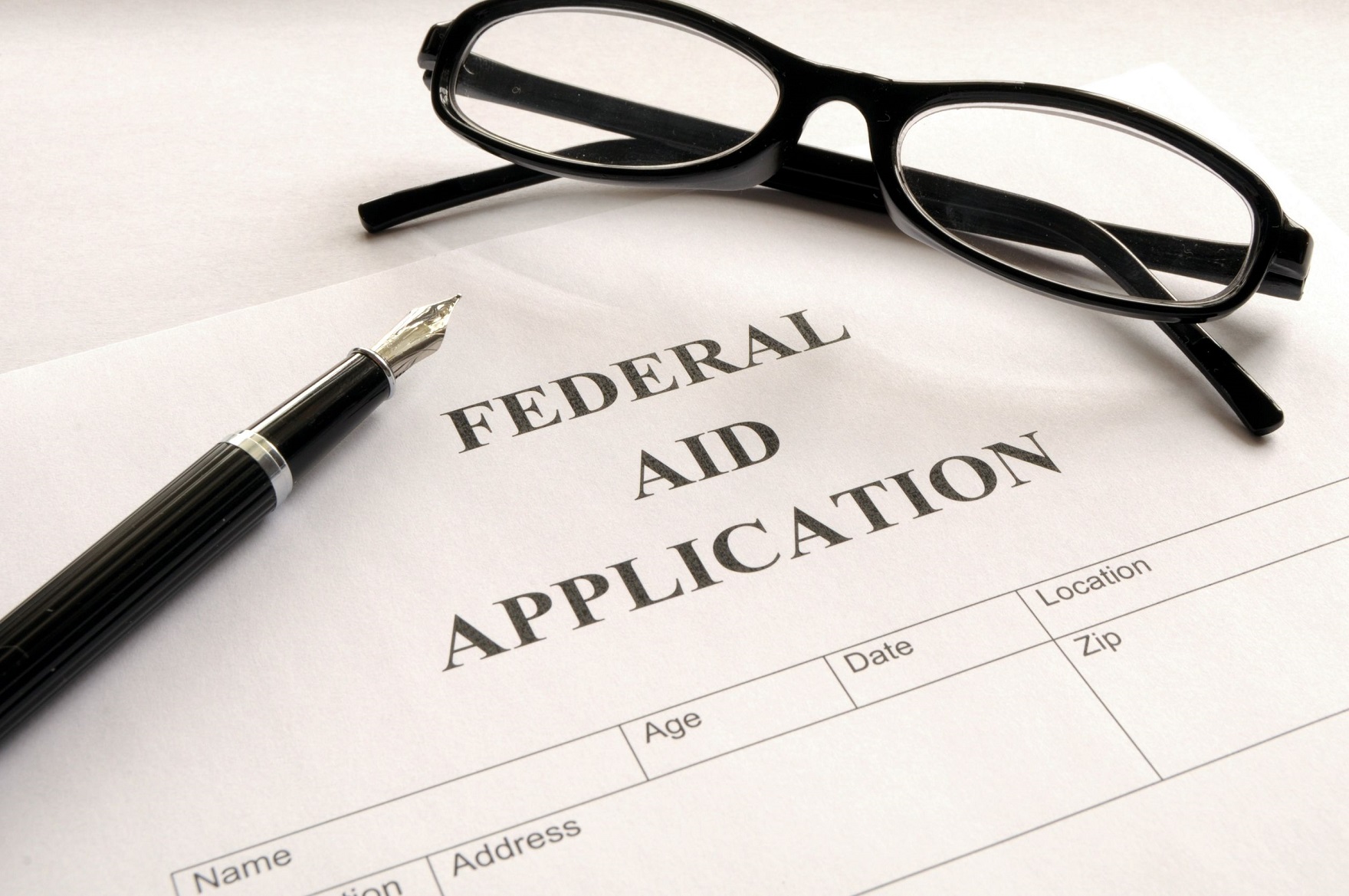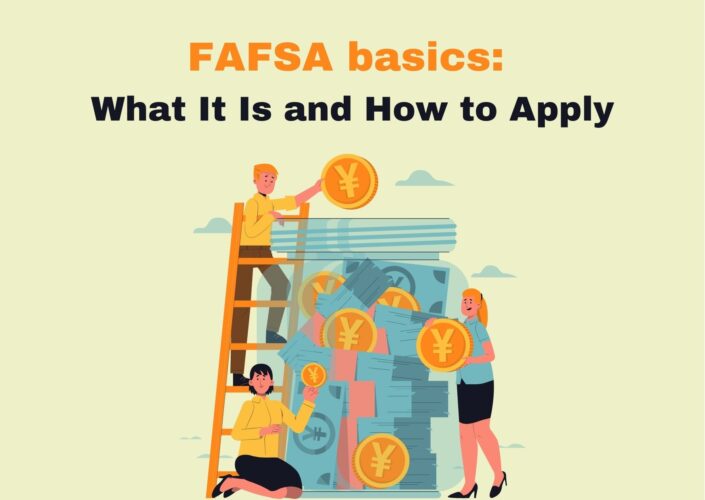
Financial aid makes up the difference between what college costs and what a family can afford to pay, provides basic information on federal student aid to help students pay for college or career school. If you want financial aid for higher education, you will need to fill out the FAFSA.
What Is the FAFSA?
FAFSA is an acronym for the Free Application for Federal Student Aid. It is an application that U.S. Citizens and permanent residents can fill out to see how much federal financial aid they qualify for. The FAFSA provides students with access to grants, loans, and work-study funds from the federal government. Every student’s financial situation is different. Eligibility factors are based upon, but not limited to, demonstrated financial need, the program of study, and level of enrollment.
How Do I Apply?

Win more scholarships with less effort
Simplify and focus your application process with the one-stop platform for vetted scholarships.
Check for scholarshipsWhen Do I Apply?
You will need to fill out the FAFSA each year you are in school because your financial situation may change. Additionally, you may be able to automatically transfer your tax data from the IRS – making the application even quicker to fill out.
Each state, college, or career school will set its own personal deadline, so fill out your FAFSA early. Since the funds are available on a first-come, first-served basis, you don’t want to miss out.
How Much Money Will I Get?

In short, your cost of attendance, minus your EFC, is equal to your financial need. Your college uses your financial need and other information to determine how much financial aid you can receive. See, pretty simple.
Keep one step ahead and avoid these common FAFSA mistakes.



